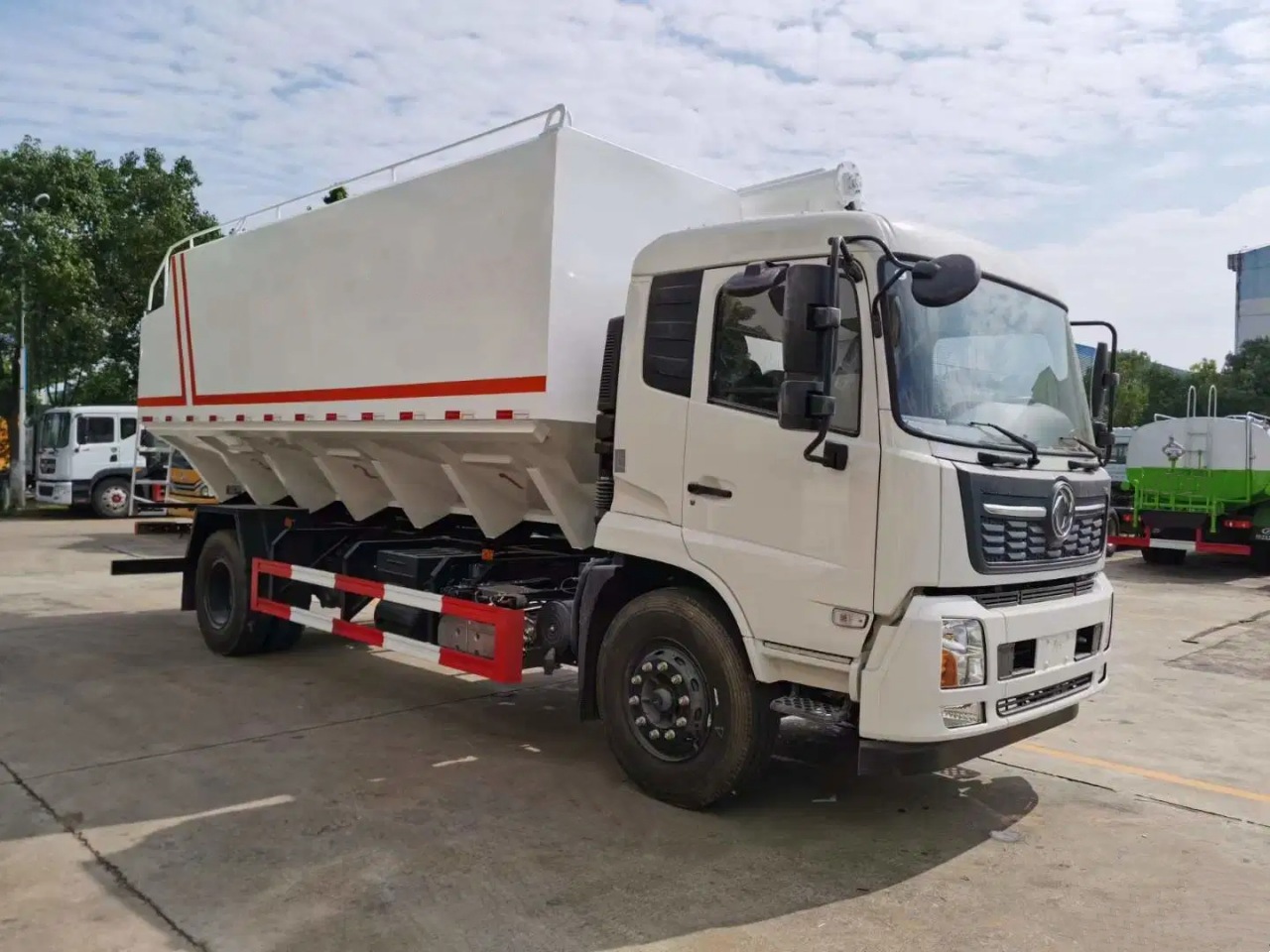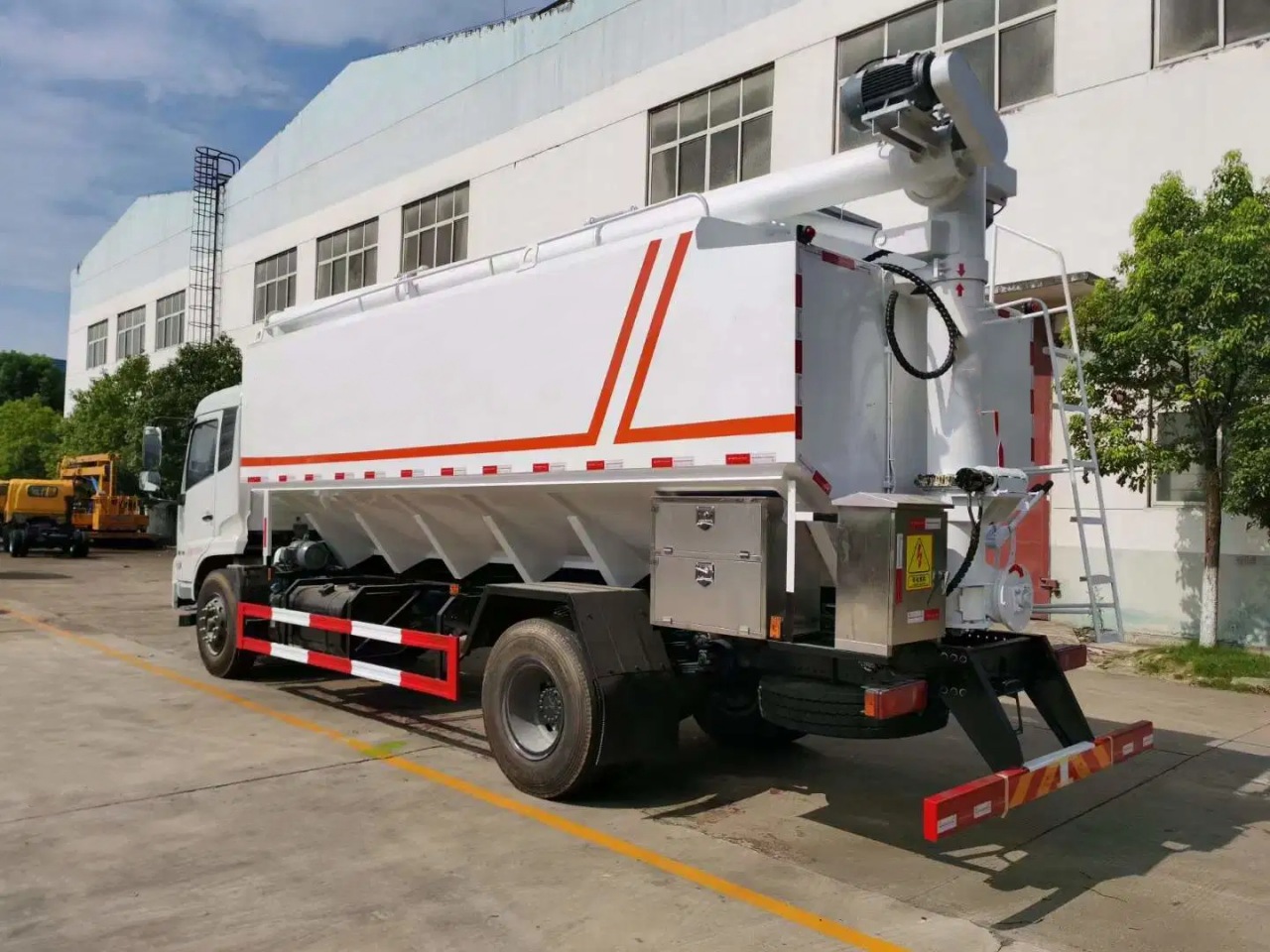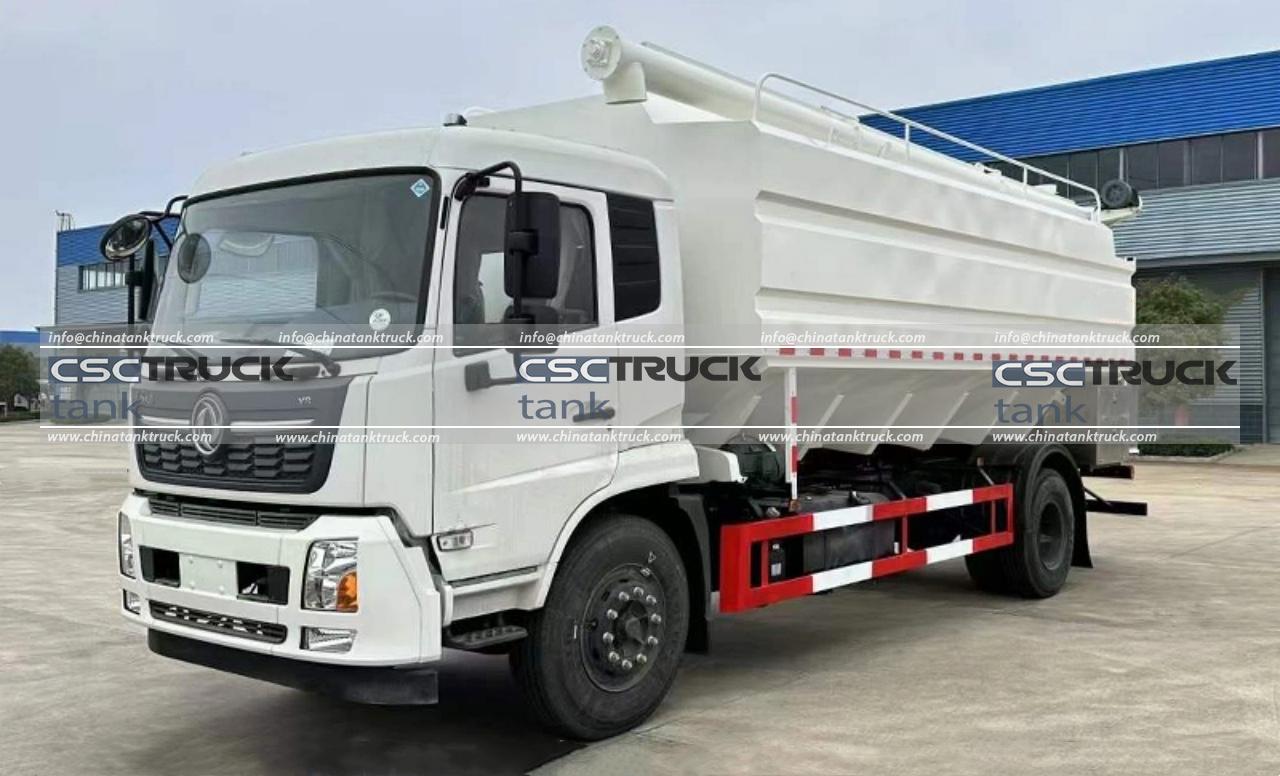The trucking industry is a complex network of machinery, logistics, and engineering solutions, all working in tandem to move goods across towns, countries, and continents. Among the many technologies that keep this industry moving, pneumatic systems play a vital but often underappreciated role. When someone hears the term “pneumatic” in the context of trucking, it usually refers to systems that use compressed air to perform work, ranging from operating brakes to unloading cargo. In this article, we’ll explore what pneumatic means in the trucking industry, how these systems work, and why they are essential for safety, efficiency, and productivity.
Understanding Pneumatics
The term “pneumatic” comes from the Greek word pneuma, meaning air or breath. In modern engineering, pneumatics refers to the use of pressurized air or gas to generate mechanical motion or force. Unlike hydraulics, which use liquid (usually oil), pneumatic systems are lighter, cleaner, and often faster, making them ideal for many trucking applications.

Core Applications of Pneumatics in Trucking
1. Pneumatic Braking Systems
Perhaps the most critical use of pneumatics in trucking is in the air brake system. Large trucks, especially those with trailers, require powerful braking systems that can function reliably even under heavy loads. Pneumatic brakes, commonly known as air brakes, are the industry standard for this purpose.
An air brake system uses compressed air to activate the brake mechanism. The system typically includes:
- Air compressor: Driven by the truck engine to supply air.
- Air tanks: Store compressed air.
- Brake chambers: Use the air pressure to push a diaphragm that activates the brake.
- Valves and lines: Distribute and control the flow of air.
One of the key safety advantages of air brakes is that they are “fail-safe.” If the air system fails or leaks, the brakes automatically engage rather than fail, preventing runaway situations.
2. Pneumatic Tanker Trucks
Another major use of pneumatic systems in trucking is in pneumatic tank trailers or pneumatic dry bulk trailers. These are specially designed vehicles used to transport dry bulk commodities such as cement, flour, sugar, sand, lime, and plastic pellets. These materials can’t be loaded or unloaded by gravity alone due to their fine particulate nature.
Here’s how a pneumatic tanker truck works:
- The product is loaded into the sealed tank through hatches on the top.
- Once at the destination, a powerful air compressor generates high-pressure air.
- This air is introduced into the tank, which both fluidizes and pressurizes the dry bulk material.
- The material is then pushed through pipes and hoses into storage silos or bins.
This closed system minimizes contamination, reduces dust, and allows unloading without tilting or raising the tank.
3. Pneumatic Controls and Suspension
Pneumatic systems are also used for operating various truck controls, such as:
- Air suspensions: These systems adjust the truck’s height for smoother rides and better load distribution.
- Clutches and gear shifting: Some heavy-duty trucks use air-assisted mechanisms for operating the clutch or changing gears.
- Cab and seat suspension: To enhance driver comfort, air-powered suspension systems are often used in seats and cabs.
These applications reduce driver fatigue and increase the life span of the vehicle by minimizing shock and wear.
Advantages of Pneumatic Systems in Trucking
Pneumatic systems offer several advantages that make them especially suitable for trucking applications:
- Safety: Air brake systems are inherently safe and self-engaging in case of failure.
- Efficiency: Pneumatic unloading is quick and often fully automated, reducing downtime.
- Durability: Pneumatic systems are robust and resistant to environmental factors such as moisture, dirt, and temperature extremes.
- Clean Operation: Unlike hydraulics, which can leak oil and cause contamination, pneumatic systems use clean, dry air.
- Low Maintenance: Fewer moving parts and simple mechanisms result in lower maintenance costs.

Challenges and Considerations
While pneumatics bring many benefits, they are not without limitations:
- Energy Inefficiency: Compressing air consumes more energy than hydraulic or electric systems.
- Air Quality: Moisture or oil in the air lines can damage components or contaminate the cargo.
- Noise: Compressors and pneumatic exhausts can be noisy, although mufflers are often used to reduce this.
- Complexity in System Design: Coordinating air pressure, flow rates, and component compatibility can be a complex engineering challenge.
Proper maintenance, including regular draining of air tanks and filters, is crucial to ensure pneumatic systems function reliably.
Innovations in Pneumatic Trucking Systems
Technology continues to evolve in the trucking sector, and pneumatic systems are no exception. Innovations include:
- Electronic Pneumatic Braking Systems (EPB): Combining electronic controls with pneumatic actuators for faster and more precise braking.
- Smart Air Suspension: Using sensors and onboard computers to automatically adjust air pressure in real-time.
- Energy Recovery Systems: Capturing the energy used in compression during deceleration or downhill driving to improve efficiency.
These advancements not only improve performance but also help meet increasingly stringent environmental and safety regulations.

Final Thoughts
In the high-stakes world of trucking, where safety, efficiency, and reliability are paramount, pneumatic systems play an indispensable role. From stopping massive vehicles to smoothly unloading thousands of pounds of dry bulk material, pneumatics ensure that trucks operate effectively and safely. While not without their challenges, the benefits of pneumatic systems make them an enduring part of the industry’s technological backbone.
As the trucking industry continues to evolve with new automation, sustainability, and performance demands, the role of pneumatics is expected to become even more versatile. Understanding how these systems work not only deepens our appreciation for the engineering behind each truck but also highlights the ingenuity that keeps the wheels of global commerce turning.


